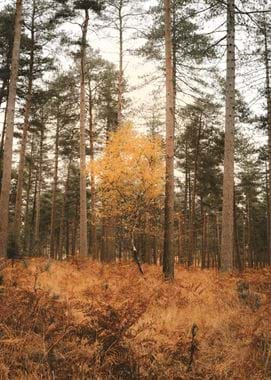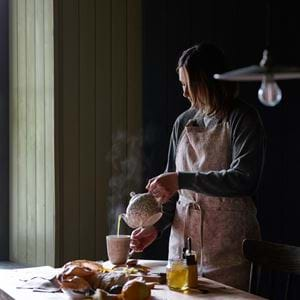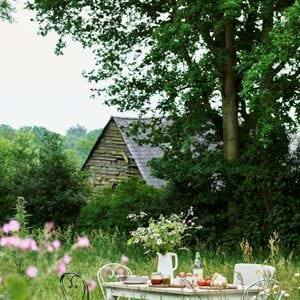The Enchanted Forest
The Enchanted Forest
Snelsmore, Savernake and Uffmore. Dibbinsdale, Wychwood and Hangingstone. The names alone seem to carry an incantatory force, as if to say them aloud is to conjure a spirit or cast a spell. Cultures throughout time and all over the world have had deep – if sometimes uneasy – relationships with the forests and woodlands that exist on the boundaries of their habitations. These dark and unknowable fortresses are the settings of mythologies and mysteries both real and imagined. Woods are where monsters lurk, bands of merry men hide from tyrants, and the balance of life and death can be held in whether one finds a trail of breadcrumbs. And yet we are drawn to them, captivated by their inscrutability, the unknown that lies within.
For many of us, 2020 has been a year in which our relationships with our homes have evolved. They became places where we ‘shielded’, we worked, we home-schooled, we opened the front door to clap for the NHS. Perhaps less consciously, we also began to re-evaluate the role that the world outside plays in our lives. Those places which, as our forebears who handed down legends and lore realised, we have less control.
We’re brought up with tales that warn us away from the woods. In Somerset, they told their children of the bloodthirsty dragon (the Gurt Worm) that slept in Shervage Wood. The woodwoses, or faun-like wild men, of Yellowsham Hill in Dorset would kidnap young women from local villages and take them to their lairs. In Kingley Vale, the ghosts of marauding Viking warriors would rise up from the silent grove of ancient yews.
Perhaps these and other stories live on in humanity’s collective unconscious. Does that explain the heightened sensory perception we might experience when we cross the boundary from the cultivated and controlled into the wild and unknowable? As we enter the shadows, our pupils dilate, our ears prick at the faintest sound.
A walk in the woods is a salve for those who crave sensory stimulation. At this time of year, you might follow a procession of magic carpets made from fallen leaves. Shafts of sunlight, now better able to pierce the canopy above, are like slowly shifting spotlights drawing our attention to the natural drama unfolding before us. And who is the cast in this ever-changing theatrical production? The elusive wild boar in the Forest of Dean, the woodland red deer of Grizeland, the fairies of Furzey Gardens in the New Forest. Cock an ear at the sweet and rare song of the nightingale in Blean Woods. As a twig cracks under foot, the sound is followed by silence. The hidden woodland orchestra of chirps and clicks which you hadn’t been aware of is temporarily paused. That aural void is then filled by the smell of wet moss, the mustiness of fallen branches rotting back into the earth, a note of something sweet but unseen.
At a time when many things feel so very unnatural, we can find solace in the natural world. The forest is a place rich in symbolism far beyond tales of warning. Mighty oaks denote wisdom and honour, birch trees signify new hope and new beginnings, the sycamore is an emblem of strength and protection. It is a place to witness the cycle of nature, a place of constant rebirth and renewal.
Experiencing the forest like this is part of the Japanese practice of shinrin yoku or ‘forest bathing’ which is a sort of eco-therapy developed in the 1980s. It has more recently found fans among nature-loving Britons, as well as those who simply want to de-stress in a natural environment. It encourages simply spending time, moving slowly among the trees to enjoy the sensory forest-based experience. What an antidote these wildernesses can provide at a time of such uncertainty and distraction.







